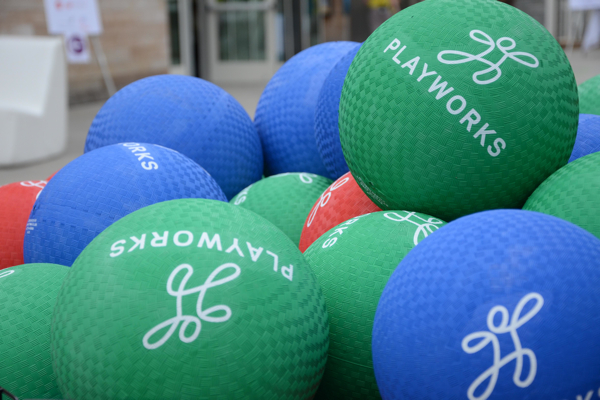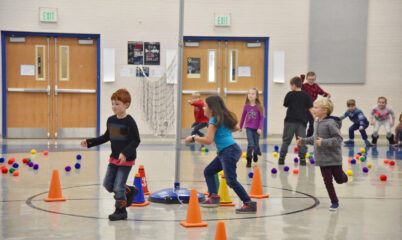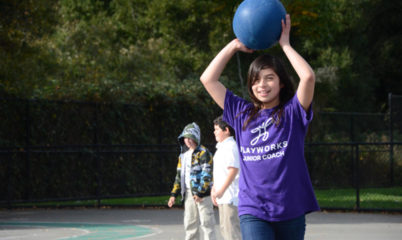Looking for simple, intangible gifts that just keep giving? Teach your child a new game and give him the skills and opportunity to teach other kids.
By teaching your child not only a new game, but the skills to teach others, you are helping to develop a culture of play in your community and develop your child’s leadership skills. Begin by picking a game. You may like Blob Tag, Switch, Wah!, All Tangled Up or any others you find in our Games Library. Now teach the basics to game leadership. They are…
-
Attention getter. Simple call-and-response commands can be a fun way to get others’ attention. For example: have your child say When I say jump, you say jive then say jump and wait for the others to say jive. Repeat until everyone is paying attention.
-
Name and objective of the game. Have your child begin by stating the name of the game, having the group repeat the name and sharing the objective, such as to tag as many people as you can or to work as a team to get untangled.
-
Three-five simple rules. Together identify the main rules to the game so that your child can repeat them while teaching other children.
-
Boundaries and other safety reminders. Games are more fun when all players follow basic rules of space and safety. Together the kids should designated boundaries and go over these and any safety rules, such as tag as soft as a butterfly on the arms, shoulders and back. If the children are playing a team game, here is also where they can self handicap teams so that the game is fun and fair for all.
-
Check for understanding. After explaining the game, your child can check for understand by asking basic yes or no questions, such as Is that tree in or out? or Who is it? Your child can also ask Any questions?
-
Practice round. By declaring the first round a practice round, everyone can see how the game is played and ask any additional questions before playing again. Remind your child that s/he can use attention getters again at the end of the practice round to clarify rules.
-
Positive feedback. Your child can make every game more fun by giving out high fives to others and sharing positive feedback, such as great run, nice try or good idea.
Play the game together having your child practice his game leadership. Then all you need to do is schedule a playdate so that your child can give it a shot. You could get your neighbors outside with a chili potluck or hot cocoa stand. Or you can encourage the kids to get outside for some play during your next family gather with all the cousins.




